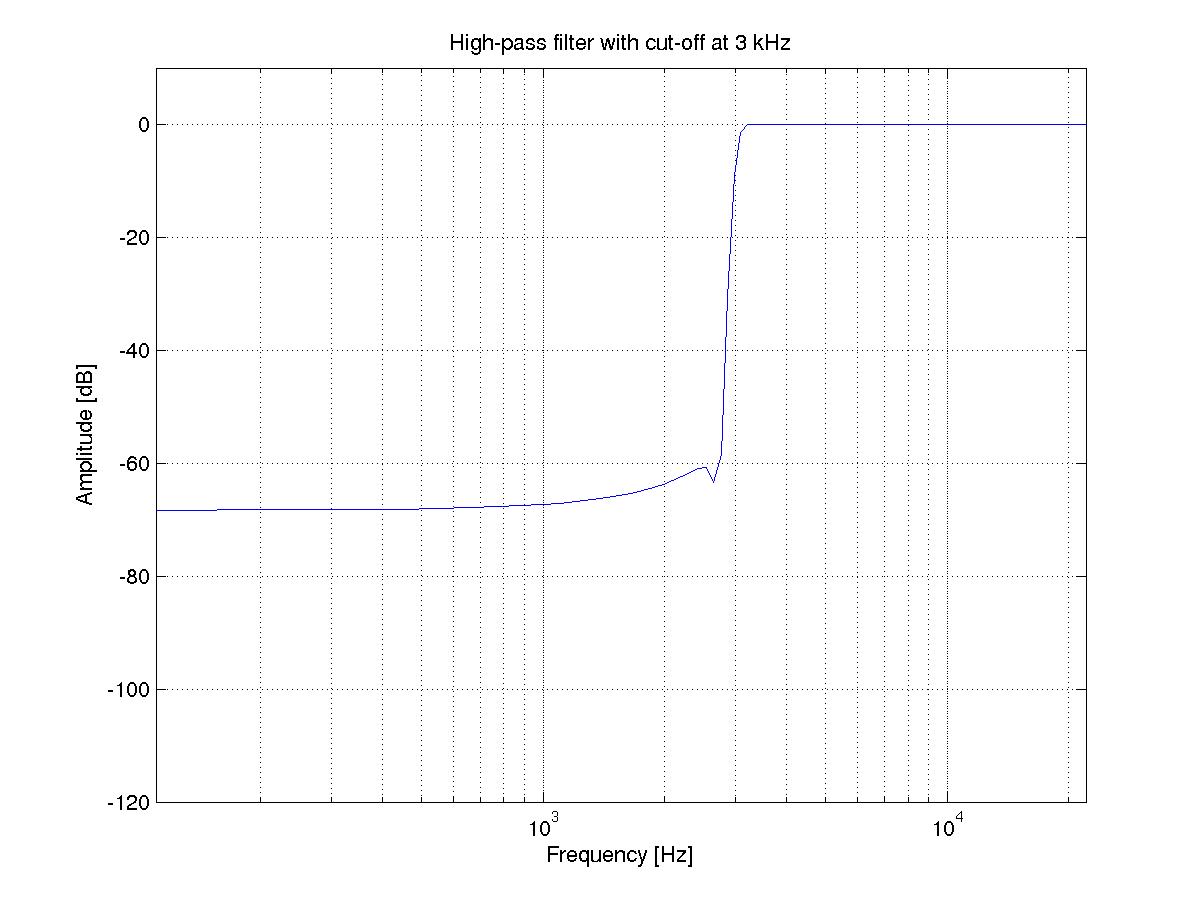

The O3 run made the first detection of a merger of a neutron star with a black hole. The third run, O3, began on 1 April 2019 it was divided into O3a, from 1 April to 30 September 2019, and O3b, from 1 November 2019 until it was suspended on 27 March 2020 due to COVID-19. The second run, O2, which ran from 30 November 2016 to 25 August 2017, made eight detections, seven black hole mergers, and the first neutron star merger. The first run, O1, which ran from 12 September 2015 to 19 January 2016, made the first three detections, all black hole mergers. Maintenance and upgrades of the detectors are made between runs. As of January 2022, LIGO has made three runs (with one of the runs divided into two "subruns"), and made 90 detections of gravitational waves. Barish "for decisive contributions to the LIGO detector and the observation of gravitational waves". In 2017, the Nobel Prize in Physics was awarded to Rainer Weiss, Kip Thorne and Barry C.

LIGO is the largest and most ambitious project ever funded by the NSF. Scientists involved in the project and the analysis of the data for gravitational-wave astronomy are organized by the LSC, which includes more than 1000 scientists worldwide, as well as 440,000 active users as of December 2016. The detection of gravitational waves was reported in 2016 by the LIGO Scientific Collaboration (LSC) and the Virgo Collaboration with the international participation of scientists from several universities and research institutions. The improved detectors began operation in 2015. The Advanced LIGO Project to enhance the original LIGO detectors began in 2008 and continues to be supported by the NSF, with important contributions from the United Kingdom's Science and Technology Facilities Council, the Max Planck Society of Germany, and the Australian Research Council. They collected data from 2002 to 2010 but no gravitational waves were detected. The initial LIGO observatories were funded by the United States National Science Foundation (NSF) and were conceived, built and are operated by Caltech and MIT. These observatories use mirrors spaced four kilometers apart which are capable of detecting a change of less than one ten-thousandth the charge diameter of a proton. Two large observatories were built in the United States with the aim of detecting gravitational waves by laser interferometry. The Laser Interferometer Gravitational-Wave Observatory ( LIGO) is a large-scale physics experiment and observatory designed to detect cosmic gravitational waves and to develop gravitational-wave observations as an astronomical tool.


 0 kommentar(er)
0 kommentar(er)
